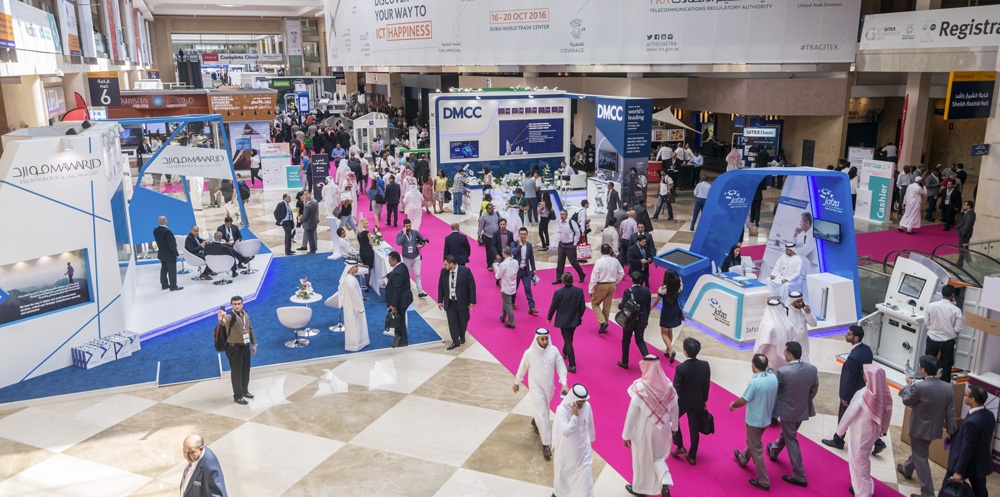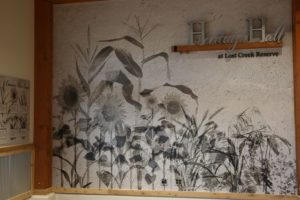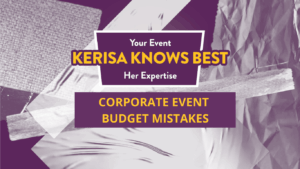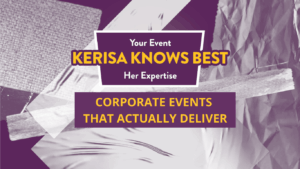So, you want to take your domestic trade show to an international audience. Or perhaps you’re already participating in international trade shows but you want to expand your program to additional cities. Regardless of the stage of your particular program, there is great value in understanding how trade shows operate internationally because it can be very different than in the United States.
There are multiple ways to approach international exhibiting – with advantages and disadvantages for each. But one of the first steps in creating a budget for an international show starts with defining your approach.
Understanding worldwide exhibit approaches will improve your ability to:
- Negotiate more favorable rates and terms
- Understand your options and the trade-offs
- Manage contingencies
- Stay within your budget
Ask yourself: do you need single use (rental) or multi use (purchase) options for your booth?
Creating a budget for an international show starts with defining your approach. When evaluating said approach, it is important to take a comprehensive look at the wide variety of options available worldwide:
“Build & Burn”: This is a popular option for trade shows held outside of the USA. There is more planning required for each show with this option, but there is no storage or refurbishments necessary. Build & Burn booths allow for increased flexibility and customization for each show. However, there is a higher potential for inconsistency of messaging, look and feel between shows because property is discarded after each show.
System Construction: Using modular, standardized fabrication materials; this option involves the assembly of exhibit property with systems like BeMatrix or Octanorm. These systems are almost always rented, but can be purchased, depending on your needs.
Hybrid Exhibit: A combination of custom and standardized elements is used to fabricate this type of exhibit. Generally, the system components are rented, and the custom components are purchased.
Portable Exhibits: Known as “pop-ups,” these modular exhibit structures with standard layouts, normally used for small exhibits, are most often purchased, but can be rented from some suppliers.
Existing Custom Exhibit: Another option is existing “used” property, which can also be rented or purchased. Used Exhibit Properties
Custom Construction: Commonly referred to as “multi-use,” this is a typical setup for trade shows in the U.S., and is designed / built to the exact needs of your brand. This approach generally necessitates storage, and may require refurbishment over time. There may be less flexibility for each show, and typically requires a higher initial investment. These properties can be used for a 2-3 year show schedule and is stored in wooden crates.
How to Make Achievable and Appropriate Budget Decisions
When it comes to your budget, planning and careful thought are crucial to a successful international program. If possible, begin by analyzing past projects to understand the budget, actual expenses and results achieved. Then, compare ranges and prices per square meter from quotes. It can be helpful to utilize case studies for comparables until you are able to develop your own portfolio of past work. Finally, rely on experts in the field to offer guidance and help along the way.
Need help understanding the typical line items for costs around the world? It’s crucial to find a partner that understands the nuances of working internationally. For example, value-added taxes (VAT) are not an expense item in the US but are in Europe.
Have a Contingency Plan
Like everything else in life, it’s important to expect the unexpected when exhibiting internationally. The best way to ensure a smoother path is to minimize changes whenever possible, and have a back-up plan for each stage of the project, especially when on-site. Flexibility is crucial throughout.
Miscommunicating internationally can create many of those unexpected problems during the planning process. Using written documentation and standard (local) industry terms during communication greatly reduces the chances for misunderstandings. Don’t be afraid to use translators, photos and drawings in lieu of words; in this case they really are worth 1,000 words. Want an experienced partner for your international trade show program? Contact us to get started. Or, see our international resources, here.









